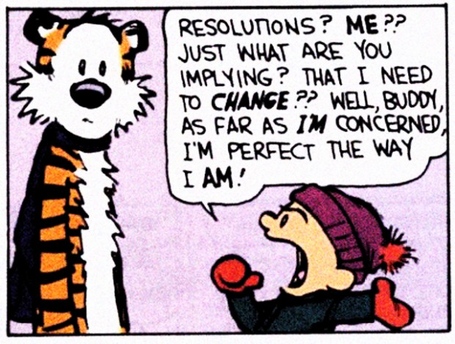- Google yourself. What are the first things people see about you? Would you support the group you see on screen?
- Take charge of your brand. Create your own reputation through the news you make and the stories you post.
- Cultivate local reporters. They work too hard: if you feed them human interest stories and photos, they’ll be grateful.
- Everyone in your organization speaks for you. What are they saying to their friends? Do they have stories to tell your supporters?
- Your website: keystone of all your communications. Ask an outsider to click through it. Is it easy to navigate? Informative? Fun?
- Facebook is a party, not a meeting. Find ways to get your fans talking with each other. They’ll come back more often and like you better.
- Which social media should your group use? Depends. Who do you want to reach? Where do they go when they’re online?
- Horror movie: “I mail to dead people.” In January, take people off your postal and email lists if you haven’t heard from them since 2011.
- Photos: not just for breakfast any more. Your readers want to consume photos at every meal, including online posts.
- Your good name is your most valuable asset. What’s it worth to you? THAT’S the return on investment for your communications.


